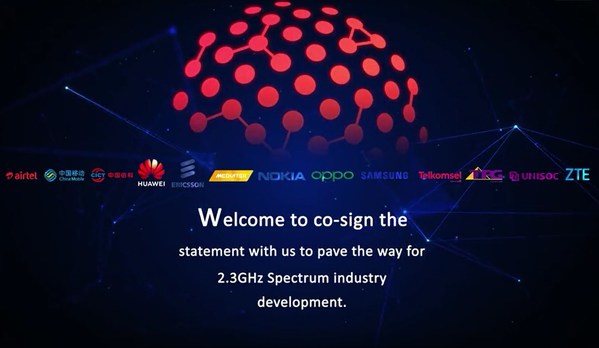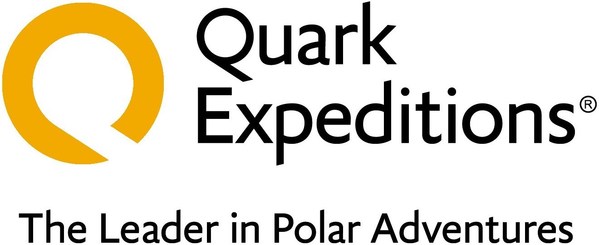BEIJING, Oct. 16, 2021 /PRNewswire/ — Ever since 4G, 2.3 GHz has been regarded as a golden frequency by global operators. Indeed, 2.3 GHz provides both capacity and coverage, which 5G makes full use of to significantly extend the performance of legacy 4G. In particular, the large channel bandwidth of 2.3 GHz is perfectly aligned to accommodate 5G capacity.
Despite pressure under the global health crisis, the industry behind 2.3 GHz has shown no signs of slowing down over the past year. In fact, it has even accelerated with the launch of several new smartphones supporting 2.3 GHz. With over 70 4G/5G commercial references on 2.3 GHz, it has been forecast that more operators and terminal vendors will take up 2.3 GHz in the near future.
To promote the further development of the 2.3 GHz industry, GTI leads industry partners such as operators and terminal vendors to call for:
1. Accelerate the allocation of TDD 2.3GHz spectrum (2300-2400 MHz) with TDD continuous large bandwidth up to 100 MHz, reduce the deployment cost per bit, and improve user experience across generations.
2. Remove possible barriers of the use of 2.3GHz. The industry is urged to work together to solve the problem of network coexistence and improve spectrum availability.
3. Promote the devices industry chain to make mandatory the support of NR 2.3GHz frequency in 2022, and better support key features such as EN-DC, carrier aggregation, SUL, 1T4R/2T4R SRS Antenna Switching and 80~100 MHz channel bandwidth.
4. Promote efficiently use of TDD 2.3GHz spectrum and accelerate commercial launch by global operators.












